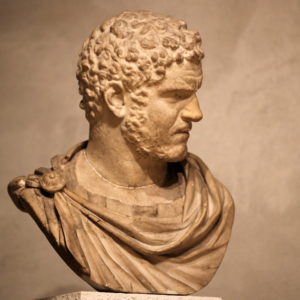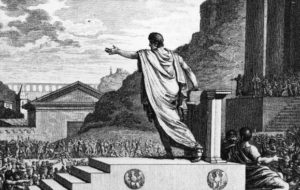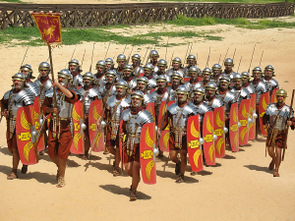This article gives facts about Roman Magistrates in ancient Roman times including ancient Roman executive magistrates and roman chief executive magistrate.
Who were ancient Roman magistrates?
The ancient Roman magistrates were the officials who were elected by the authorities in Ancient Rome. The chief executive magistrate of Rome, during the period of the Roman Kingdom, was the King of Rome. The power and the practice of this chief executive magistrate were ultimate. The King of Rome was the principal priest, judge, the lawgiver and the sole commander of the army.

After the death of the King, the power of the King was reverted to the Senate of Rome. The Senate then facilitated the election of a new king. Rome was transiting from the state of the monarchy to republic.
The political balance of the power which was held with the executive magistrate was handed over to the Roman Senate. Around 500 BC, the powers of the King were held by the executive magistrate, the King of Rome. Later, they were transferred to Roman consuls.
Election of magistrates in ancient Rome
Every year, the two of the consuls were elected. The citizens of Rome used to elect the Magistrates. Each of the Magistrates was the endowed with the degree of power which was termed as major powers. More than the major powers were given to the dictators. When the dictator was the sensor, the praetor, and the consuls and later the curule aedile such was the hierarchy of the power.

The last civilian in the hierarchy was quaestor. The magistrate had the power to oppose the action that was taken by any of the other magistrates of equal or those having the lower degree of magistrate powers. The plebeian aediles and the plebeian tribunes were practically not the magistrates. They were elected by the plebeians and thus they stood apart from other magistrates.
Later when the transition from republic to empire took place, the constitutional power balance was again reverted from the Senate of Rome to the King, the Roman emperor. The Roman Senate elected new emperor and emperor elected his successor.
Ancient Roman Magistrates
The choice of the successor was controlled by the army though. The King, thanks to his legal standing, had the powers to take constitutional decisions. The powers of the king termed as the Imperium, comprised two significant factors namely, tribunician powers and the proconsular powers.

The tribunician powers were much similar to the powers given to the plebeian tribunes in the old republic. Using these powers, the emperor could rule the Rome’s civil government.
Powers of the Military
As were the powers of the military governors in the old republic, were the proconsular powers in the new empire. These distinctions which were very strongly defined in the early empire were lost in the new empire. This made the emperor’s powerless constitutional. His powers were more monarchial in the new empire.

The ancient Roman magistrates that endured the fall of the Roman republic later were known as consuls, praetors, plebeian tribunes, aediles, questors and military tribunes. Mark Antony was the one who eradicated the Roman dictatorship, their offices in 44 BC. He also eradicated the Roman censor and the Interrex in later years of his regime.



